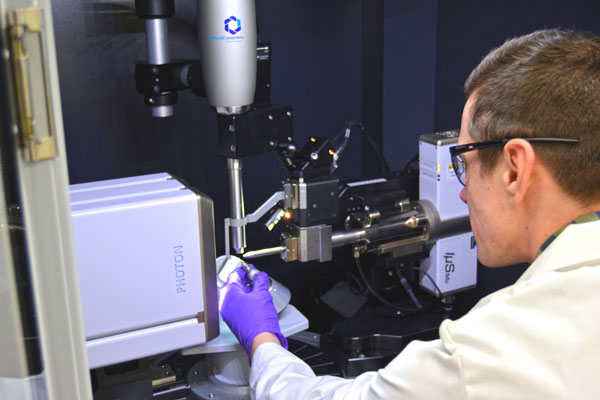The huge protein database that spawned AlphaFold and biology's AI revolution
Crystallographer Helen Berman co-founded the Protein Data Bank in the 1960s.
Credit: Rutgers University

Artificial Intelligence and the Nobel Prizes
The 2024 Nobel Prizes were dominated by artificial intelligence (AI). The physics prize was awarded to pioneers of computer neural networks, while the chemistry prize went to two scientists who developed the groundbreaking AlphaFold protein-structure prediction tool and one who revolutionized protein design.
Using cutting-edge AI technology, scientists are now able to dream up revolutionary new proteins.
The Role of the Protein Data Bank
The success of AlphaFold can be largely attributed to the Protein Data Bank (PDB), which was established by Helen Berman and fellow scientists in the 1960s. The PDB currently houses the structures of over 200,000 proteins, providing invaluable data for AI predictions and protein design.
Berman highlights the critical importance of high-quality data in driving AI breakthroughs across various scientific fields.

Insights from Helen Berman
In an interview with Nature, Berman discusses the early days of the PDB and its evolution into a vital resource for the scientific community. She emphasizes the meticulous curation and machine-readability of PDB data, which have been instrumental in advancing protein research and AI technologies like AlphaFold.

Looking Towards the Future
Berman expresses her excitement over the profound impact of AlphaFold and envisions similar breakthroughs in other disciplines through the utilization of high-quality data. She underscores the significance of collaborative efforts in driving scientific innovation and unlocking new possibilities in fields such as chemistry, geology, and physics.




















